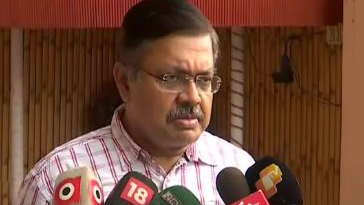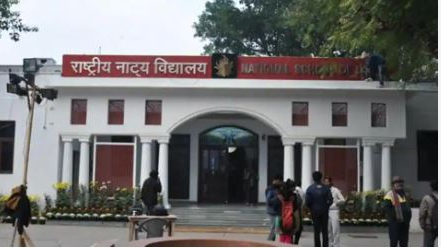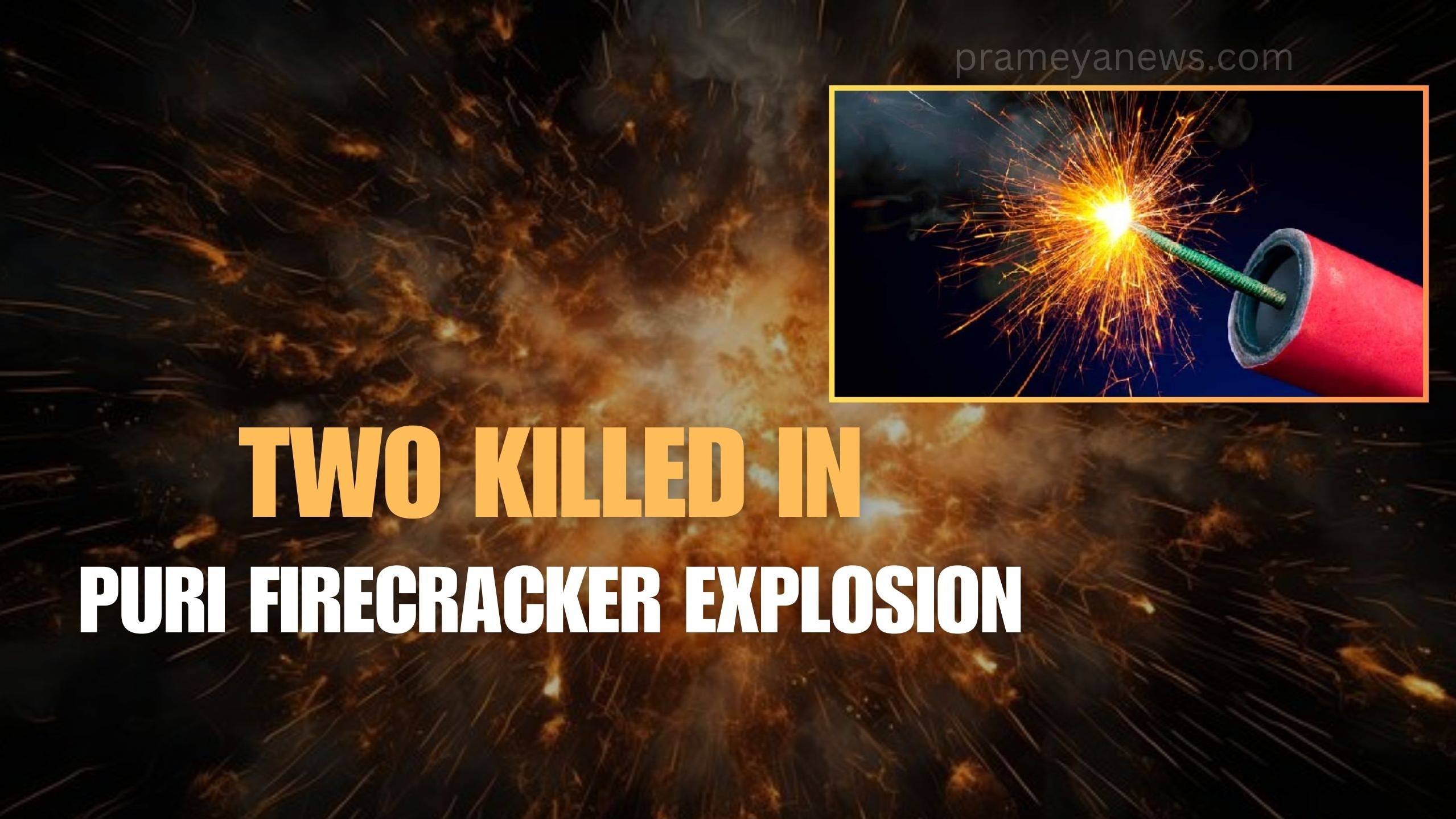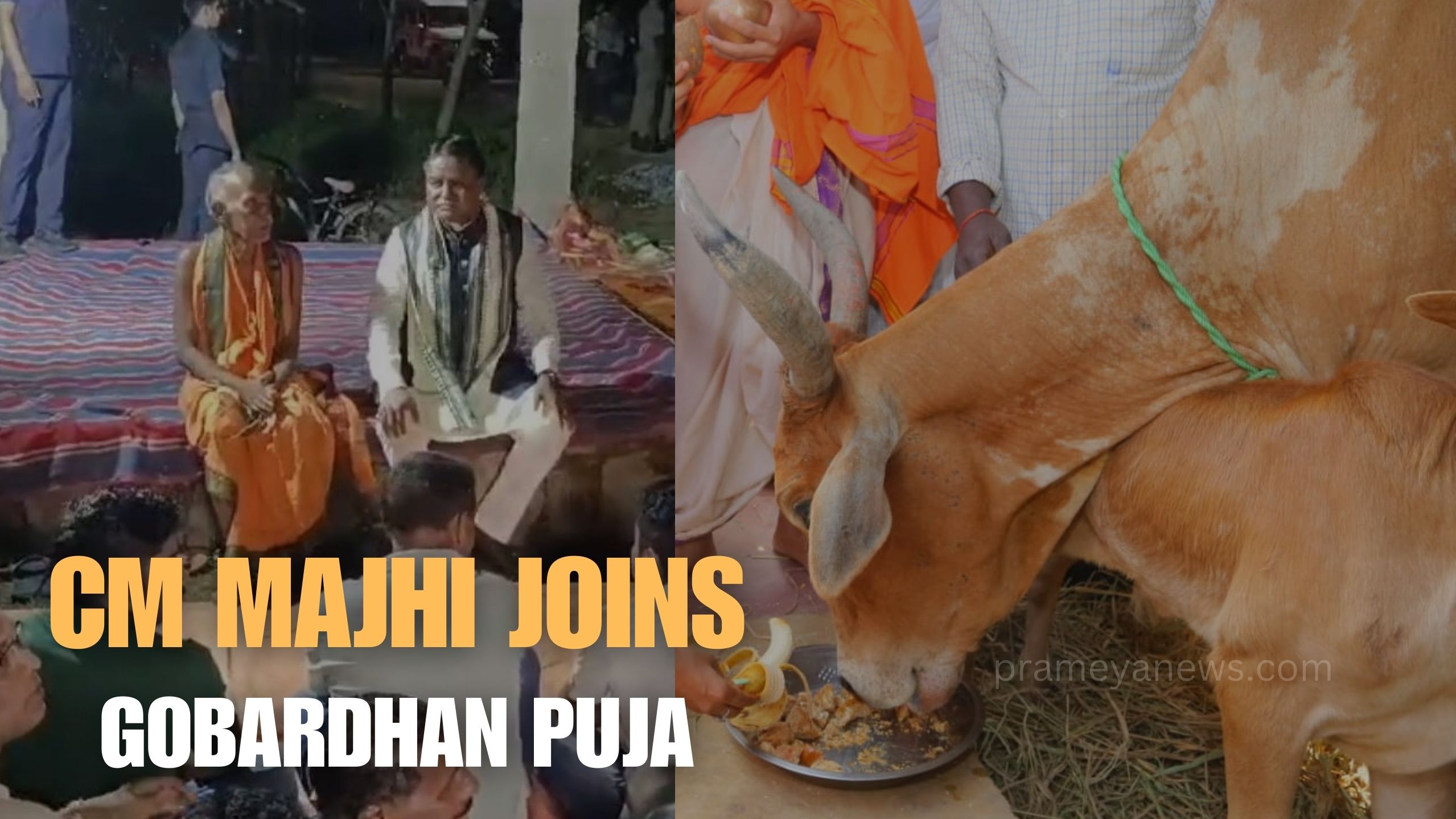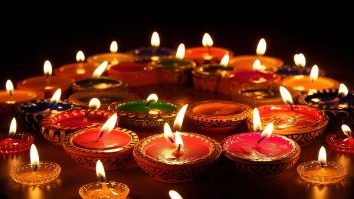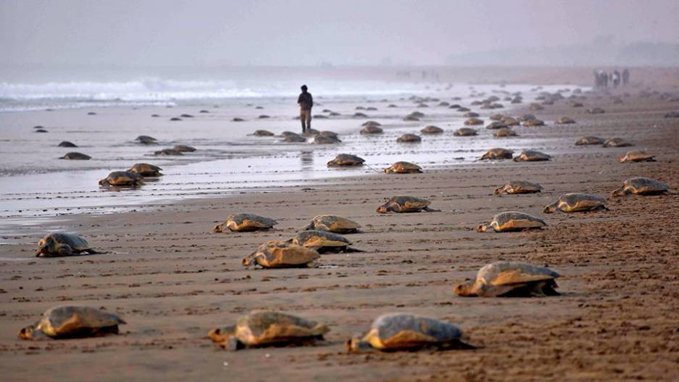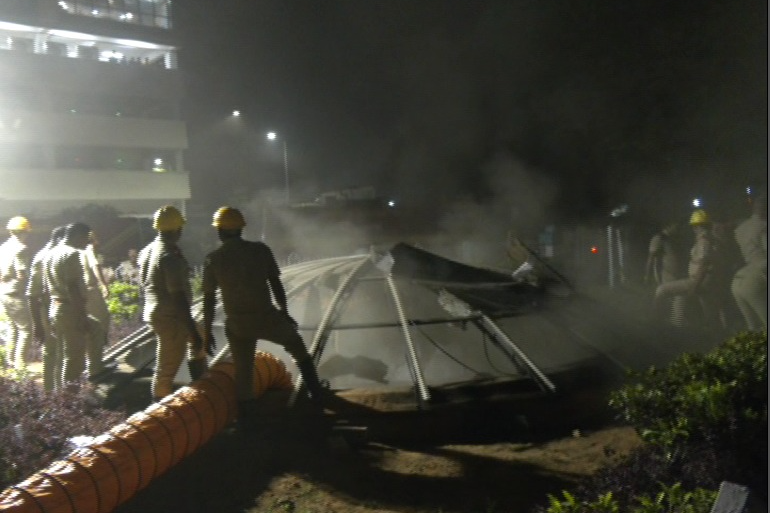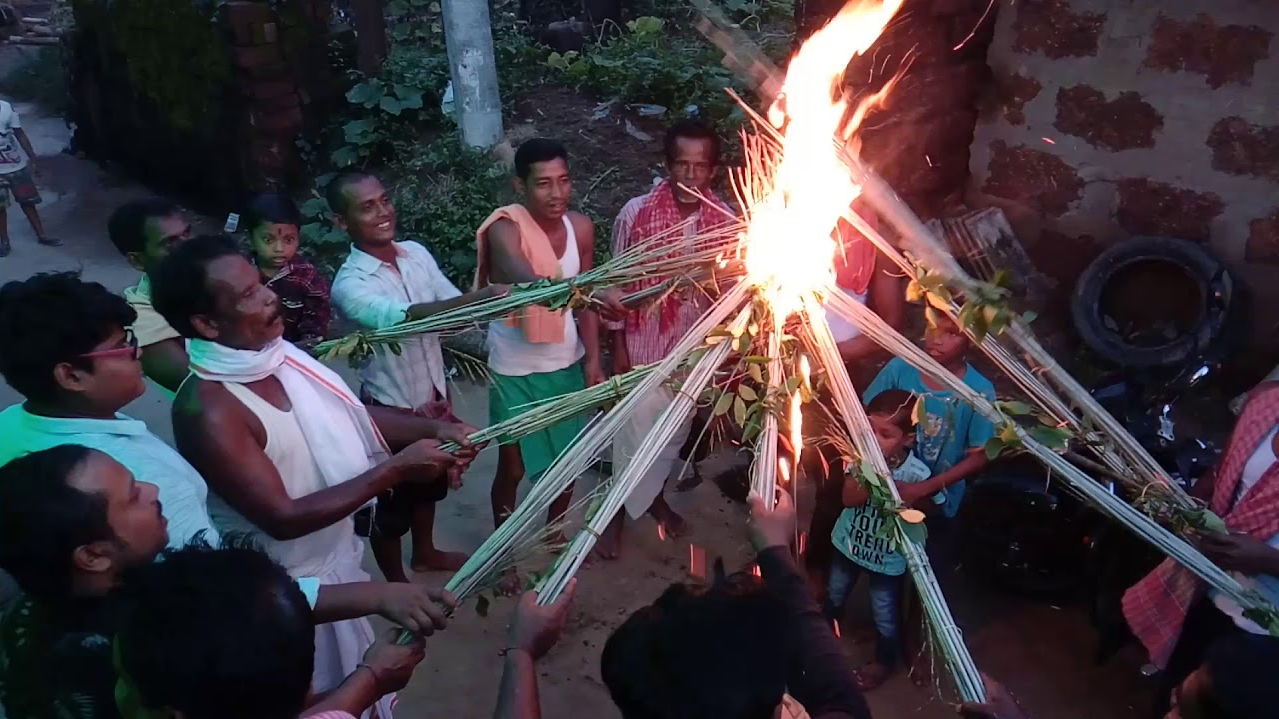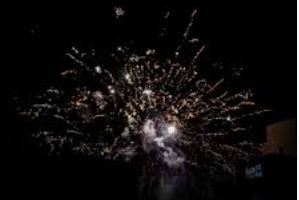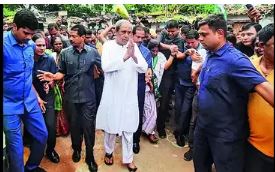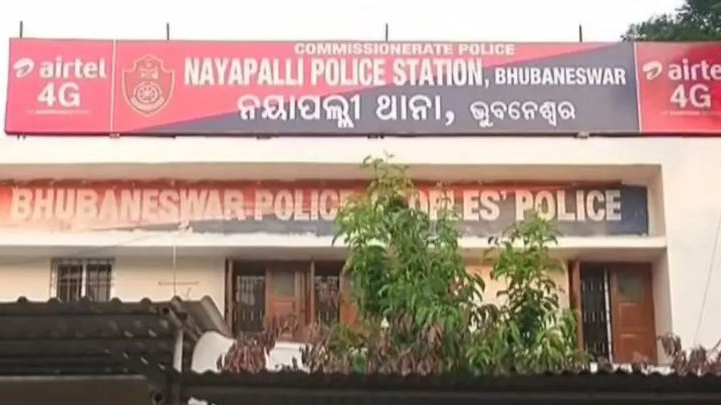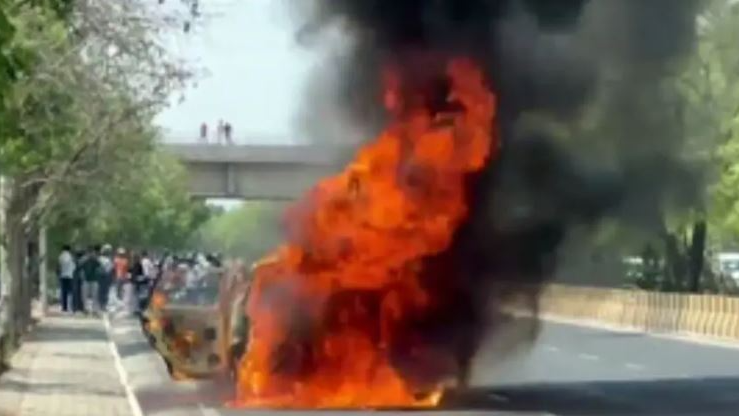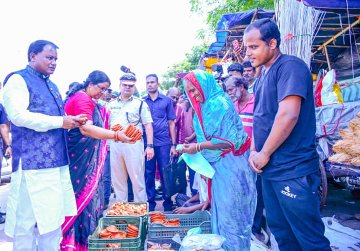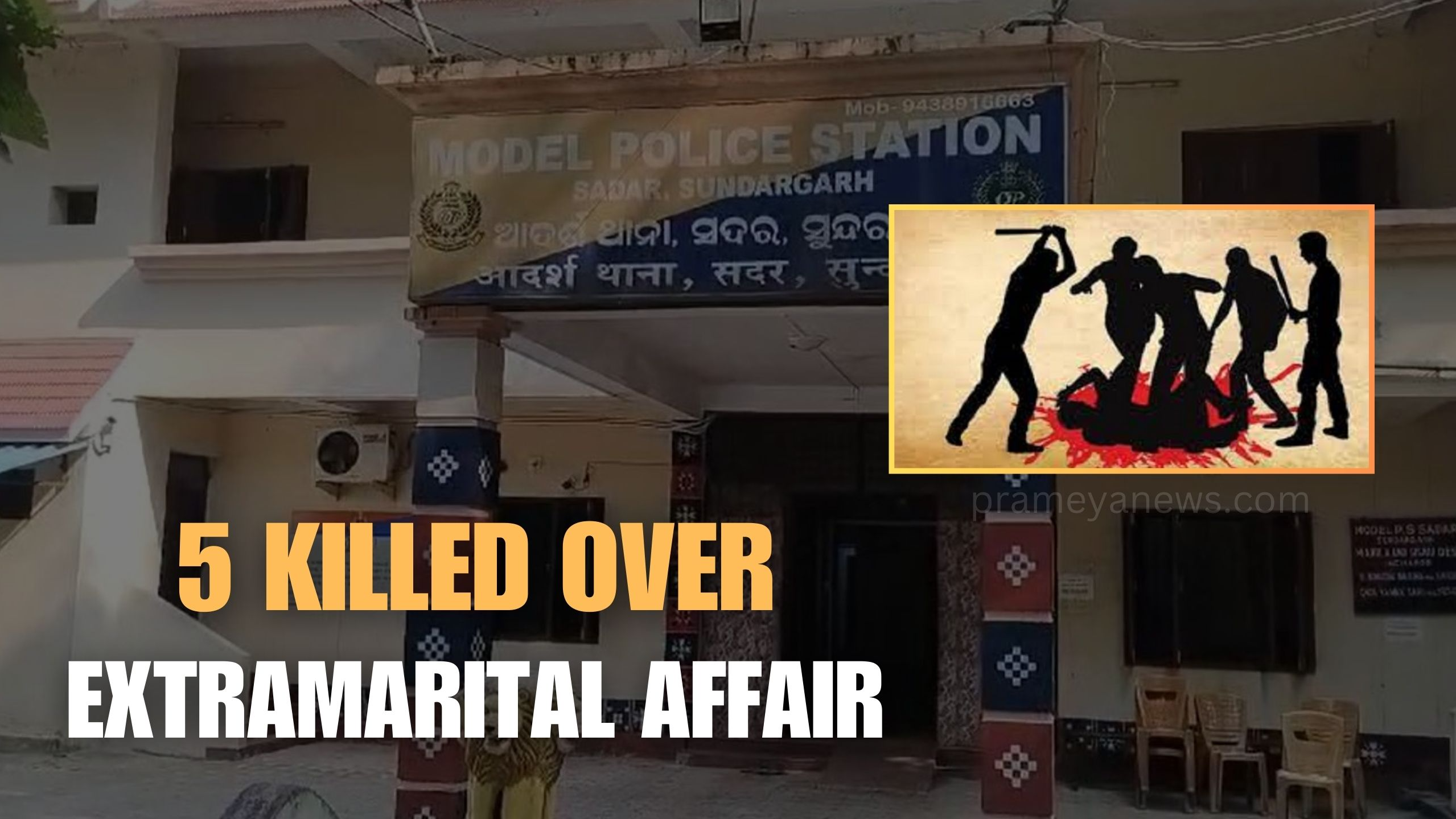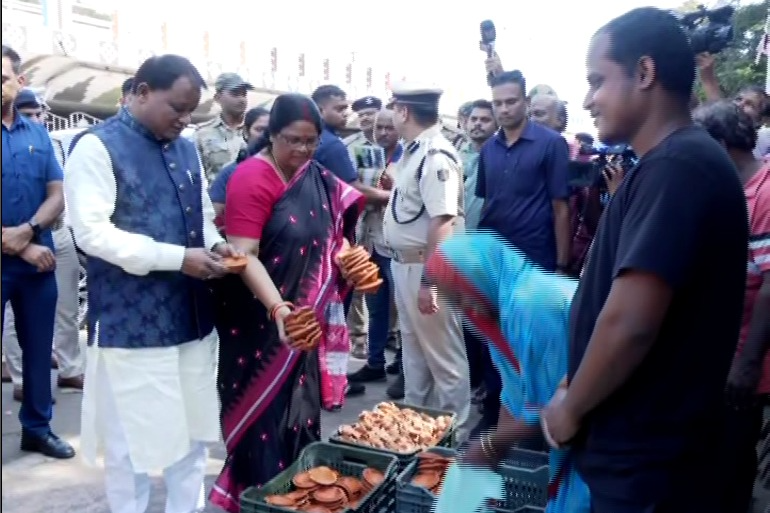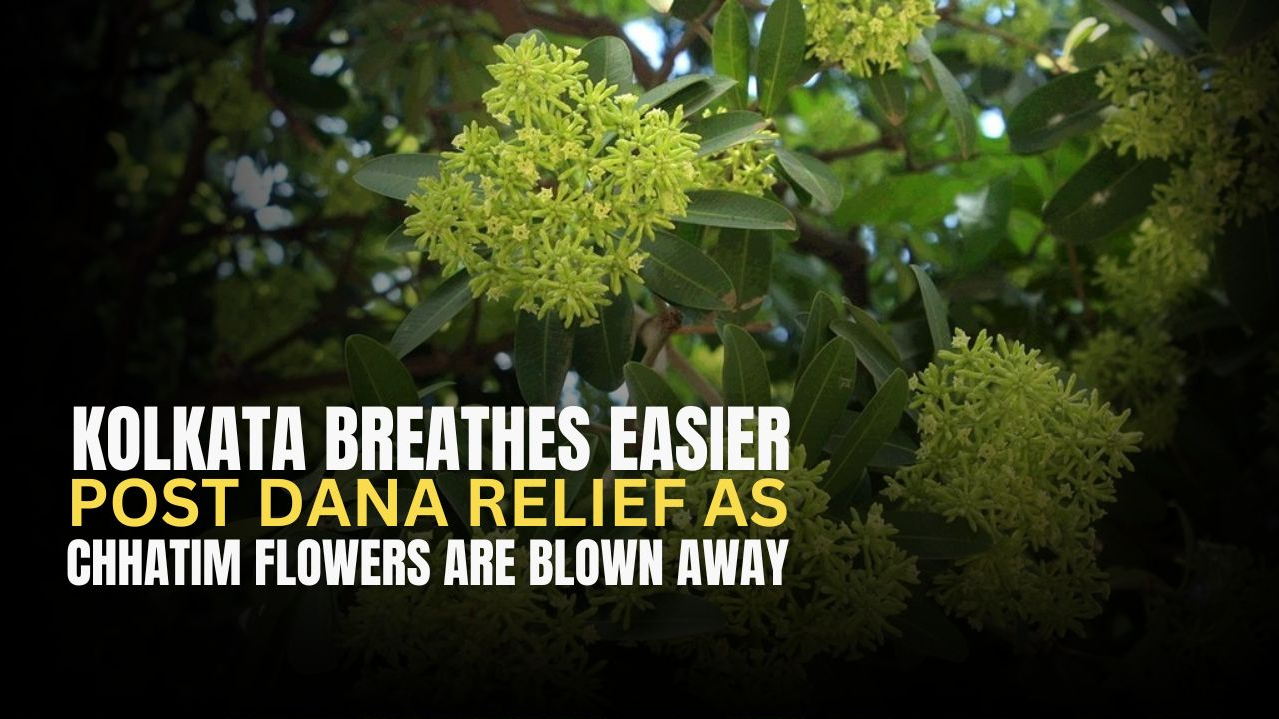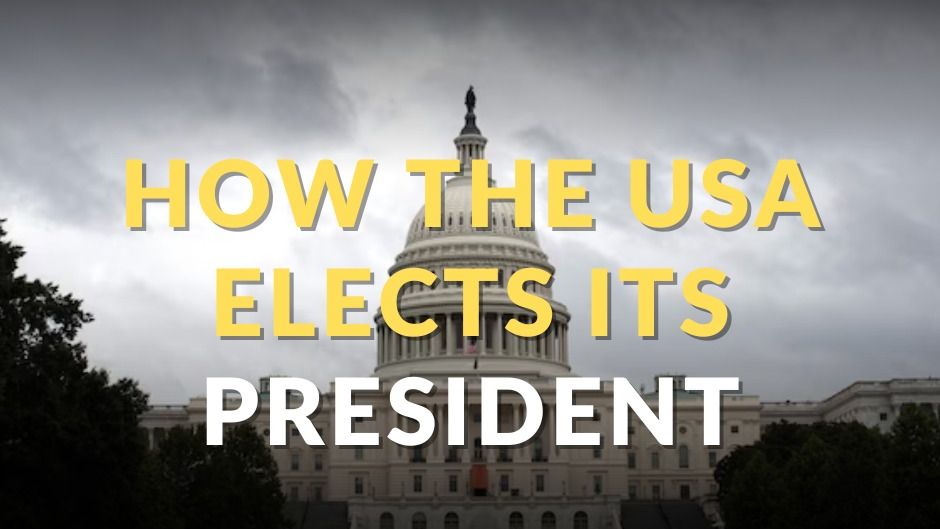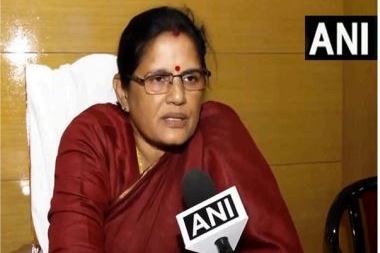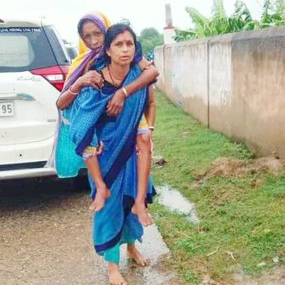Bhubaneswar: In a concerning turn of events, Bhubaneswar's air quality deteriorated dramatically during Diwali celebrations, with pollution levels surpassing those of Delhi – a city notorious for its air quality issues. The state capital's Air Quality Index (AQI) plunged from moderate to very poor as residents engaged in widespread firecracker celebrations, raising alarm bells among health experts and environmentalists.
Alarming Statistics Paint a Grim Picture
According to the Central Pollution Control Board's afternoon bulletin, Bhubaneswar recorded an AQI of 380, surpassing Delhi's reading of 358. The situation was particularly dire around the city's historic Lingaraj temple, where monitoring stations registered an AQI of 389, while the Patia area recorded 371.
The most alarming statistic was the concentration of PM2.5 – microscopic particles that can penetrate deep into the lungs. These levels peaked at 500 micrograms per cubic metre, a staggering 33 times higher than the World Health Organization's recommended safe limit of 15 micrograms. Even at its lowest, the PM2.5 concentration remained 12 times above the safety threshold at 187 micrograms per cubic metre.
Citizens React: Social Media Abuzz with Concerns
Local residents took to social media to express their dismay and share their experiences. Priya Mishra, a resident of Saheed Nagar, tweeted: "Can't believe we've managed to outpollute Delhi! The morning walk was impossible today - my eyes are burning and throat is irritated. #BhubaneswarPollution"
Environmental activist Rajesh Mohanty posted on X (formerly Twitter): "Just measured the AQI in my neighborhood using a portable monitor - it's showing 400+! This is a public health emergency waiting to happen. Where are our authorities? #SaveBhubaneswar"
"My elderly parents haven't been able to step out of the house since last night. The smog is unbearable. Is this how we celebrate festivals now?" wrote Anita Panda on Facebook.
Health Professionals Sound the Alarm
Dr. Sambit Dash, a leading pulmonologist in the city, expressed serious concerns: "We're seeing a spike in respiratory complaints at our clinic. The extremely high PM2.5 levels can cause immediate health issues, especially in children, elderly, and those with pre-existing conditions."
Local hospitals reported a 30% increase in emergency room visits related to respiratory issues during the 24 hours following Diwali celebrations.
Understanding AQI Levels
For context, the AQI scale categorizes air quality as follows:
- 0-50: Good
- 51-100: Satisfactory
- 101-200: Moderate
- 201-300: Poor
- 301-400: Very Poor
- 401-500: Severe
Regulatory Failures and Public Response
Despite restrictions on firecracker use, widespread violations were reported across the city. A thick blanket of smog enveloped Bhubaneswar by midnight, severely impacting visibility and air quality.
Local environmental activist Sneha Patel commented: "We need stricter enforcement of existing regulations. The authorities should have been better prepared, especially given similar experiences in previous years."
Looking Forward
The incident has sparked debates about festival celebrations and environmental consciousness. Many citizens are calling for more sustainable ways to celebrate while preserving cultural traditions.
"We need to find a balance between our festive spirit and environmental responsibility," posted Debasish Mohapatra, a college professor, on LinkedIn. "Our children's right to breathe clean air should take precedence over temporary festivities."
Take Action
Environmental groups are urging citizens to:
- Monitor local AQI levels regularly
- Use air purifiers when possible
- Wear N95 masks during high pollution periods
- Report violations of firecracker regulations
- Support green initiatives in the city
As Bhubaneswar grapples with this unprecedented pollution spike, the incident serves as a wake-up call for both authorities and citizens to prioritize environmental protection while celebrating festivals. The coming days will be crucial in monitoring the situation's impact on public health and implementing measures to prevent similar occurrences in future celebrations.





